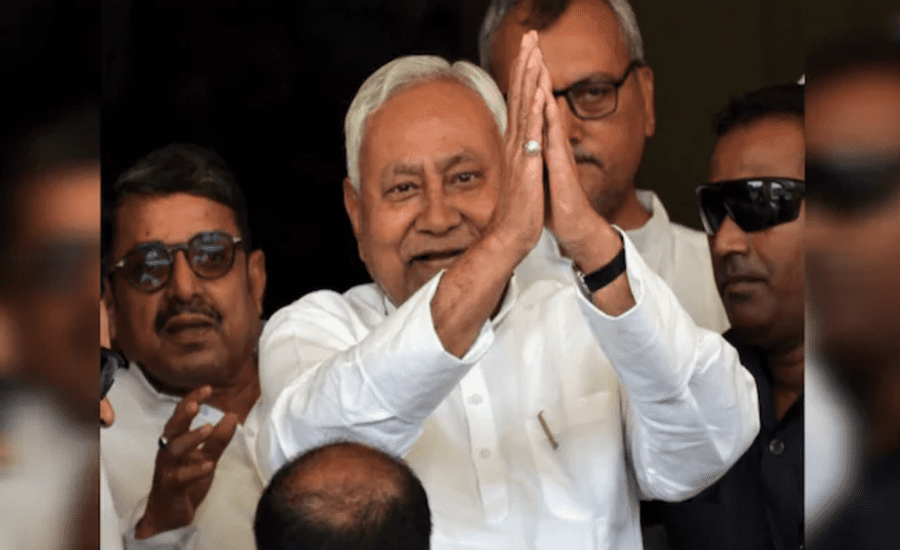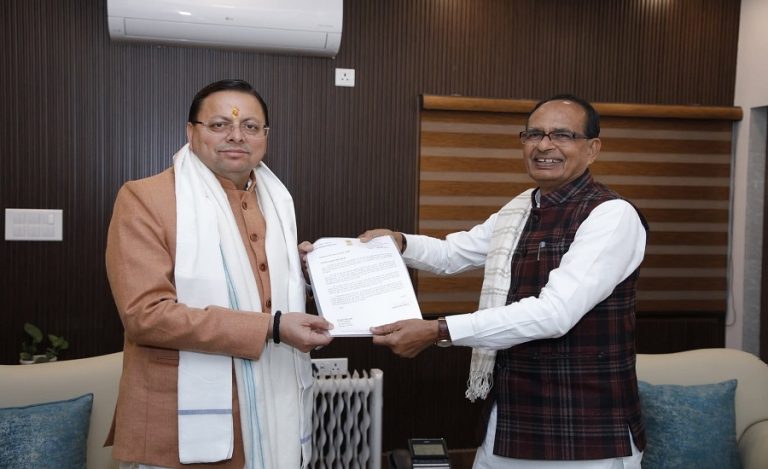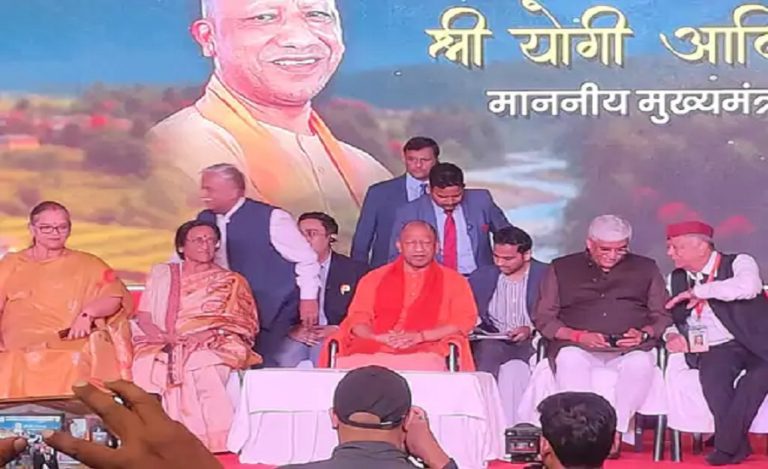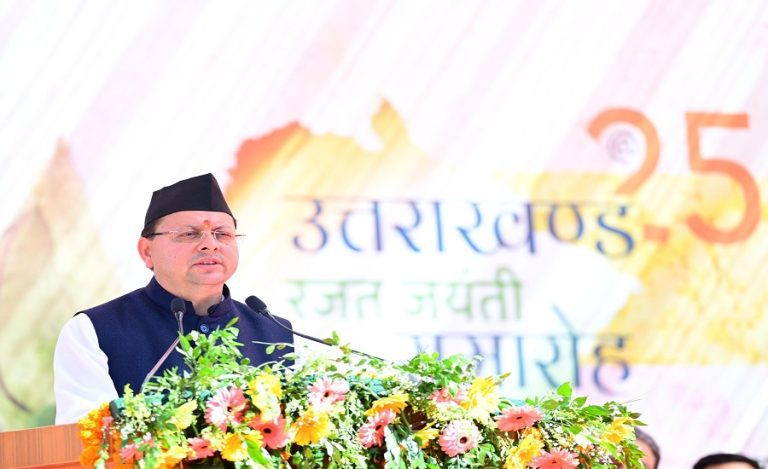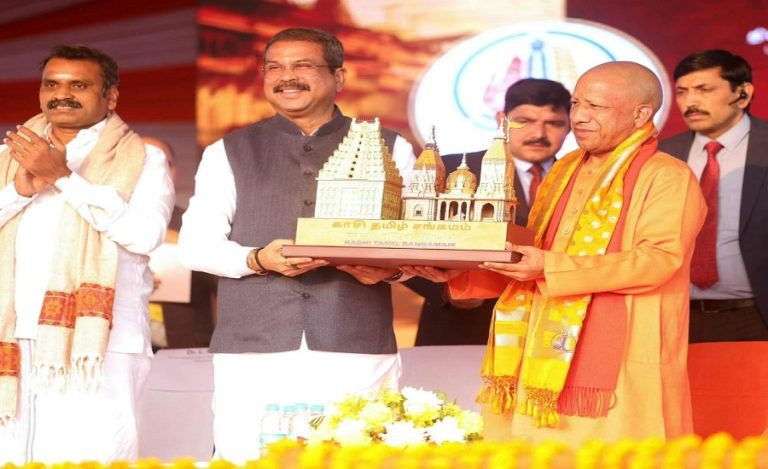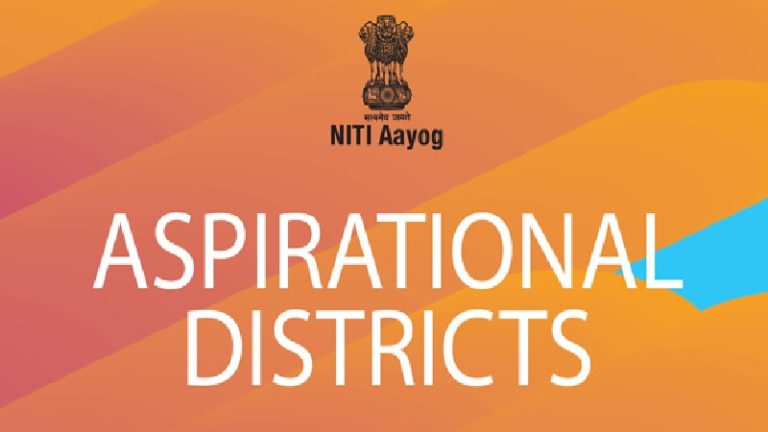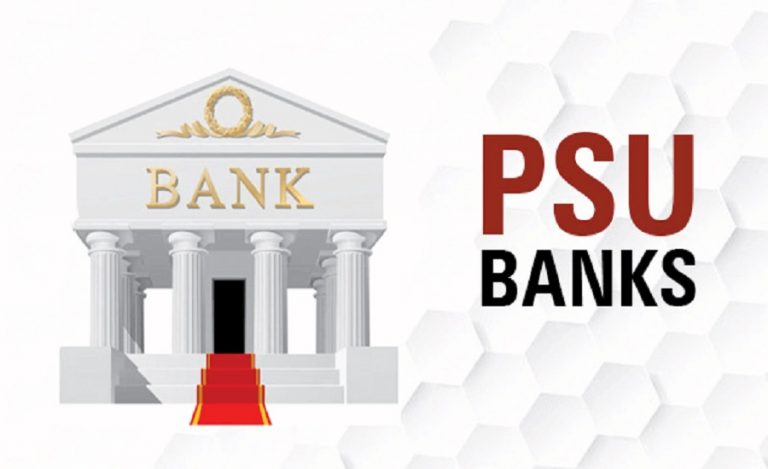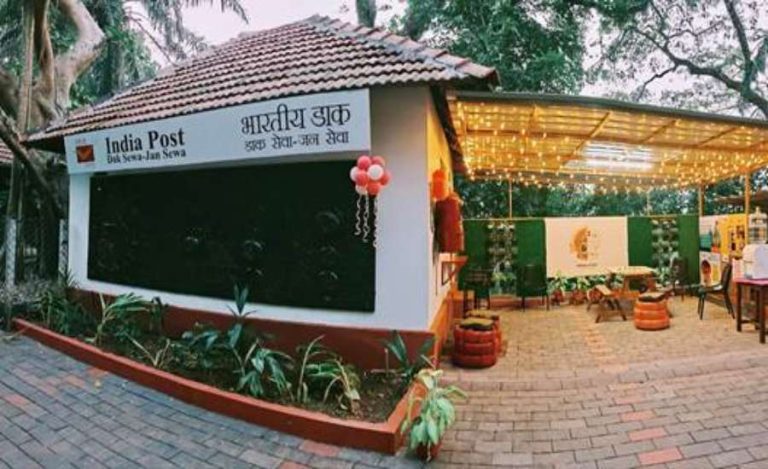Patna: In a detailed post on social media, Bihar Chief Minister Nitish Kumar has outlined the remarkable progress the state has made over the last 20 years, particularly in infrastructure, connectivity, and overall development. Highlighting the transformation since 2005, he described how Bihar, once lagging in every sector, has now become a model for growth and development.
From Backwardness to Global Recognition
In his post, Chief Minister Nitish Kumar recalled how Bihar was in a state of stagnation before 2005. He pointed out that, before the new government took office, the state was marred by poor infrastructure, lack of development, and neglected historical buildings. Roads were in dilapidated conditions, and the state’s image was tarnished nationwide. The situation was so dire that even the people of Bihar working outside the state had to hide their identity, as being a ‘Bihari’ had become a subject of ridicule.
Read also: Bihar CM Nitish Kumar Leads Concluding Rituals of Chhath Puja with Usha Arghya at Patna Residence
The Turning Point: 2005 and Beyond
The real turnaround began after the formation of the new government in 2005. The Nitish Kumar-led government prioritized infrastructure development, with a focus not only on new buildings but also on restoring the state’s rich historical heritage. During this period, several world-class infrastructure projects were launched, earning national and international acclaim. The result was a direct benefit to the people of Bihar, significantly improving the state’s image and instilling a sense of pride among its residents.
Roads as the Lifeblood of Development
One of the most visible signs of development in Bihar has been the transformation of its road network. Over the past two decades, Bihar has seen the construction of several high-quality roads, including prestigious projects like the JP Ganga Path, Atal Path, Patliputra Path, and the Patna-Muzaffarpur Four Lane Road.
Chief Minister Kumar also mentioned the ongoing construction of major expressways such as the Varanasi-Kolkata Expressway, Amas-Darbhanga Expressway, and the Patna-Purnia Expressway. These expressways and highways have not only made transportation easier but also spurred economic and trade activities in the state, accelerating its overall growth and boosting income levels.
Historical and Modern Buildings as Symbols of Change
In addition to infrastructure, the government has also worked on building modern and historically significant structures, enhancing the state’s identity. Key buildings include the Samrat Ashok Convention Centre, Bihar Museum, Bapu Tower, Sardar Patel Bhavan, and the Bapu Exam Complex. These buildings are not just modern architectural feats but also reflect Bihar’s evolving identity.
The state has also undertaken the restoration and development of several historical sites and tourist destinations, including the development of the Rajgir Nature Safari, Buddha Smriti Park in Patna, and the construction of new ropeways in Rajgir and Mandar.
Boosting Tourism and Eco-Tourism
Tourism has become a focal point of Bihar’s development strategy. Efforts to boost religious and eco-tourism have put Bihar on the global tourism map. The development of sites like the Rajgir and Mandar ropeways, the Buddhist circuit, and the enhancement of the Nalanda University area have furthered Bihar’s reputation as a tourism hub. The state government has also invested in the restoration and development of natural attractions like the Karkolat Waterfall in Nawada and the Pandu Pokhar in Rajgir.
Education, Sports, and Connectivity Expansion
The state has also made significant strides in education and sports infrastructure. The Patliputra Sports Complex, Rajgir Sports Academy, and the ongoing Patna Metro project are just a few examples of Bihar’s growing investment in these sectors. The state is also building the Dr. APJ Abdul Kalam Science City in Patna, designed to inspire scientific awareness.
In the field of connectivity, Bihar’s airport infrastructure has expanded dramatically. The new Patna airport terminal, along with operational airports in Darbhanga and Purnia, has greatly improved air travel. Upcoming projects include the construction of new airports in Bihta, Raxaul, and Veerpur, while airports in Walmiikinagar, Madhubani, and Muzaffarpur are in the development phase.
Financial Management and Sustainable Growth
The Chief Minister also emphasized the government’s prudent financial management, which has played a crucial role in sustaining these development initiatives. He noted that the state’s budget, which was only Rs. 24,000 crore in 2004-05, has now risen to over Rs. 3.16 lakh crore, enabling the government to invest in comprehensive growth across all sectors.
The Way Forward
Concluding his post, Chief Minister Nitish Kumar expressed confidence that Bihar will continue to move forward with the same pace of development. He urged the people of the state to remember the progress made over the past two decades and reiterated his commitment to the ongoing transformation.
The state’s remarkable journey from being one of the most backward states to becoming a model of development is a testament to the dedication and vision of the government, making Bihar a place of pride for its people.

